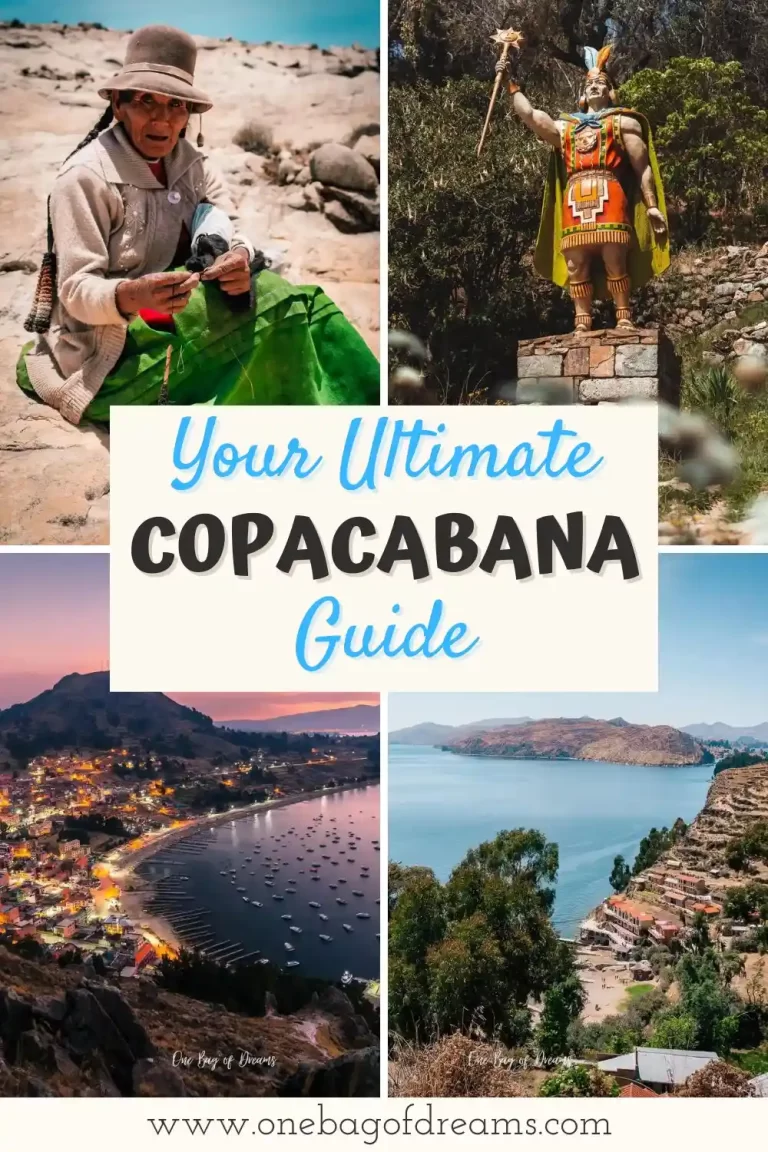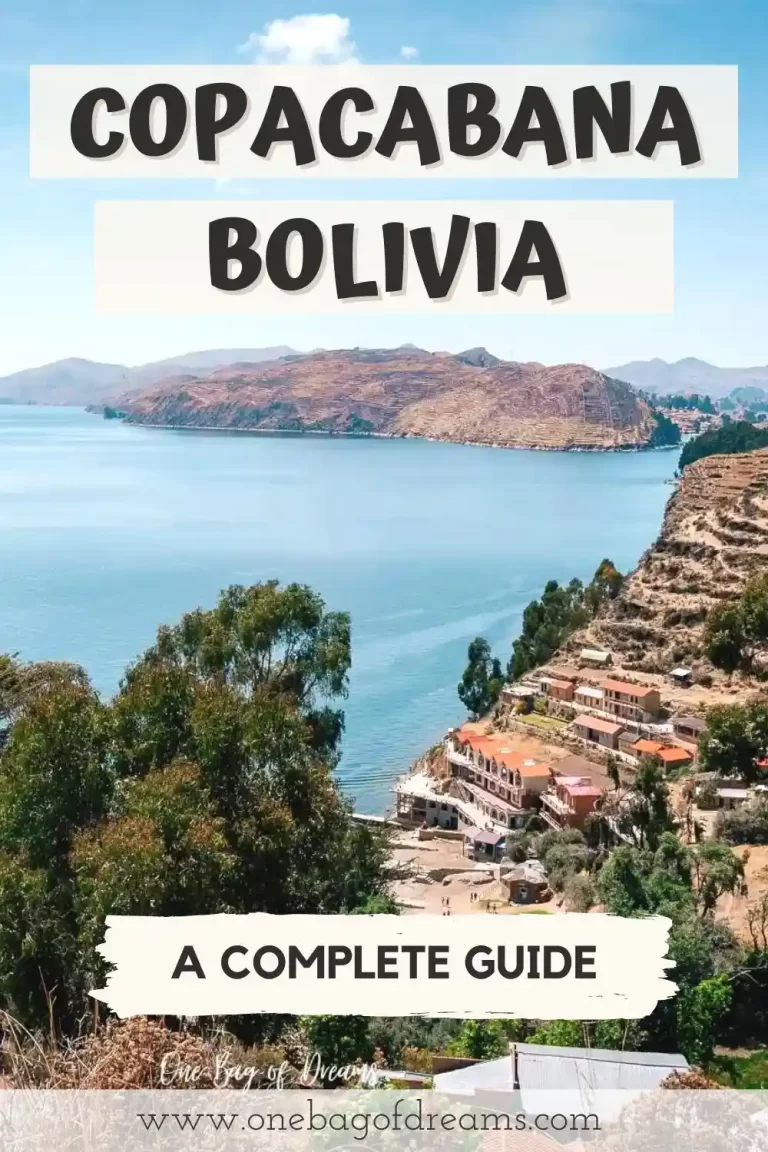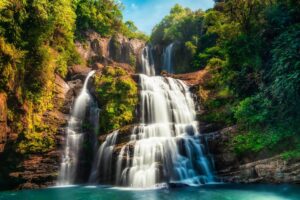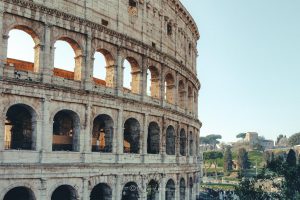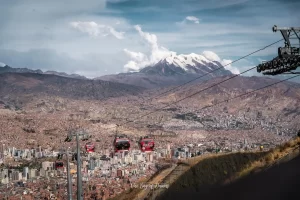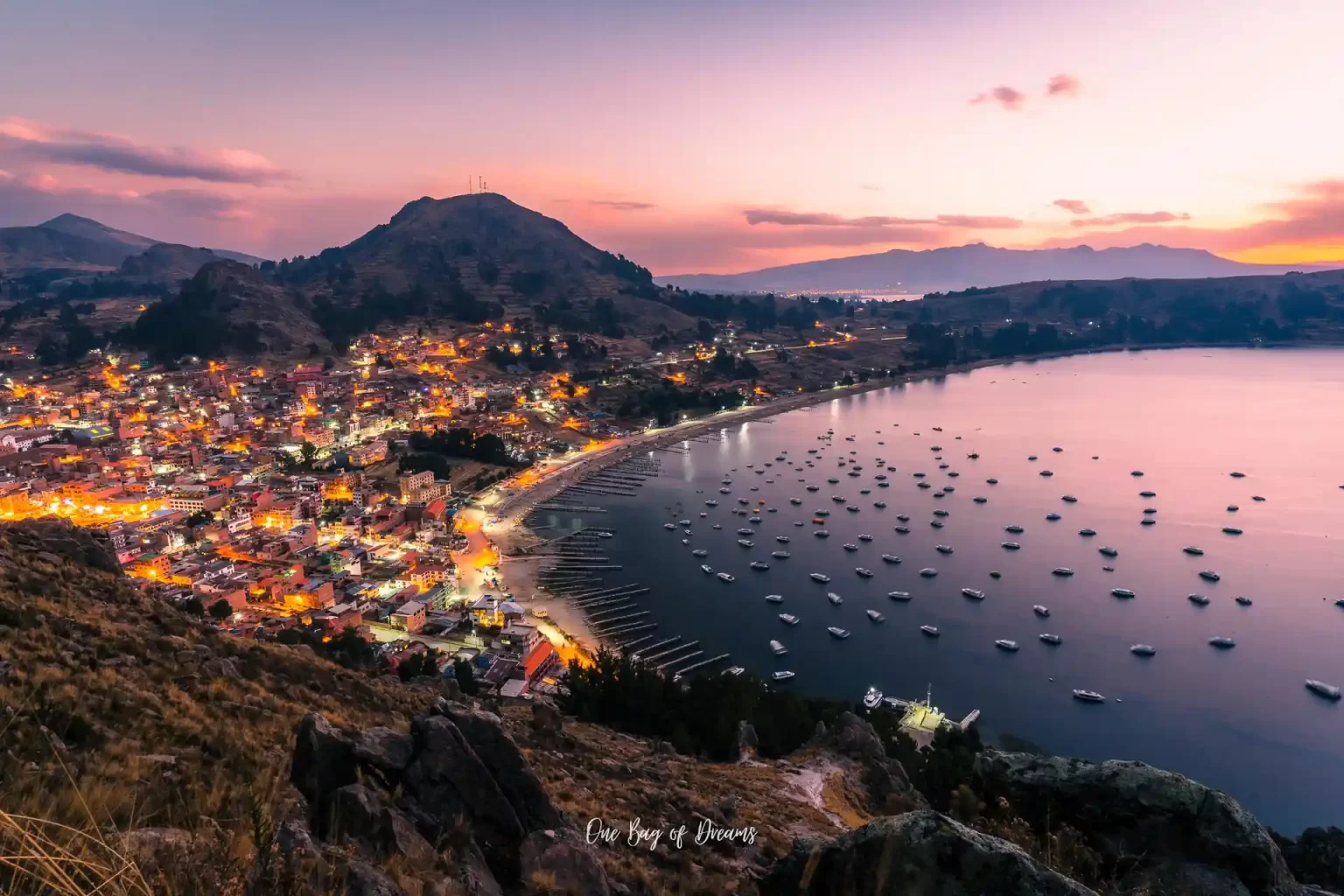
Discovering Copacabana: Gateway to Lake Titicaca
Welcome to the vibrant town of Copacabana, nestled along the shores of Lake Titicaca in Bolivia. This picturesque destination offers a perfect blend of natural beauty, rich culture, and fascinating history. As you explore Copacabana, you’ll be mesmerized by the azure waters of the lake, the towering peaks of the Andes, and the warmth of the local community. Join me on this travel guide as we uncover the hidden gems, must-visit attractions, and immersive experiences that Copacabana has to offer. Get ready for an unforgettable adventure in this enchanting town where nature, tradition, and spirituality come together in harmony.
Contents
About Copacabana
Situated on the shores of Lake Titicaca, Copacabana is a charming town in Bolivia known for its captivating beauty and cultural significance. As you step foot in Copacabana, you’ll be greeted by a breathtaking landscape encompassing crystal-clear waters, rolling hills, and snow-capped mountains. This small town was once an important Inca ceremonial centre; its name translates to “View of the Lake” in the indigenous Aymara language.
This idyllic setting serves as a backdrop to a town deeply rooted in tradition and spirituality. Copacabana is famous for its revered Basilica, where pilgrims gather to seek blessings and pay homage to the Virgen de Copacabana, the patron saint of Bolivia. Explore the narrow streets adorned with vibrant handicraft markets, sample delectable local cuisine, and immerse yourself in the authentic Andean culture.
Whether you seek tranquillity by the lakeside, embark on a boat tour to the mystical Isla del Sol, or delve into the region’s fascinating history, Copacabana promises an unforgettable experience that will leave you in awe of its natural wonders and cultural heritage.
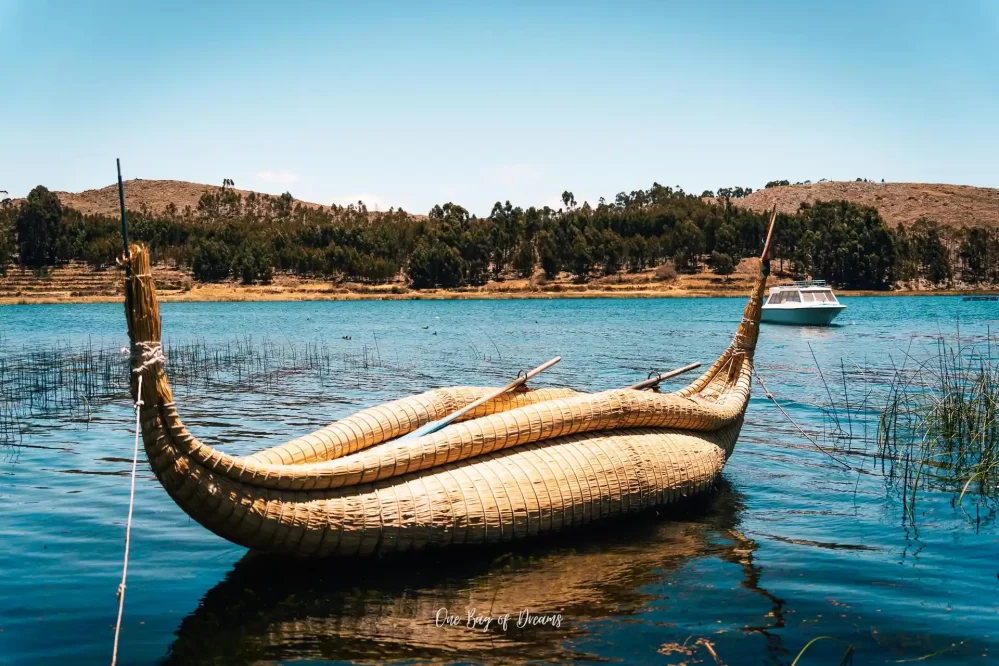
Acclimatization
Acclimatization is of utmost importance when visiting Copacabana due to its high altitude. Situated at an elevation of approximately 3,800 meters (12,500 feet) above sea level, the town is surrounded by breathtaking Andean peaks and the majestic Lake Titicaca. The thin air at this altitude can pose challenges for travelers who are not accustomed to such conditions. Taking the time to acclimate to the altitude is crucial to ensure a safe and enjoyable visit. It is recommended to allow a few days for your body to adjust before engaging in strenuous activities.
Slowly increasing your physical exertion and staying well-hydrated can help alleviate symptoms of altitude sickness, such as headaches, shortness of breath, and fatigue. Copacabana offers a serene and peaceful environment to relax and acclimate, allowing you to fully appreciate the beauty of the surroundings while giving your body the necessary time to adapt. Embracing a slower pace, enjoying local delicacies, and staying well-rested will contribute to a more enjoyable and comfortable experience in this high-altitude paradise.
Top Things to See and Do in Copacabana
Copacabana, Bolivia, offers many experiences that cater to every traveller’s desires. Whether you seek tranquillity or adventure, this charming town has something for everyone.
Immerse yourself in the local culture, soak in the stunning natural landscapes, or simply take in the mesmerizing views of Lake Titicaca. Copacabana serves as a perfect starting point for various excursions, allowing you to explore the surrounding area at your own pace. From boat tours that reveal the secrets of the lake’s sparkling waters to invigorating hikes that lead to breathtaking viewpoints, the possibilities are endless.
With so much to offer, your time in Copacabana promises to be an unforgettable experience, filled with moments of awe, serenity, and exploration.
Explore the Centre of Copacabana
The city centre of Copacabana might not be the most beautiful place you will ever visit. However, it is still worth exploring it, as it might be the first stop in Bolivia for many travellers and therefore can give you a glimpse into the tradition and the life of Bolivia.
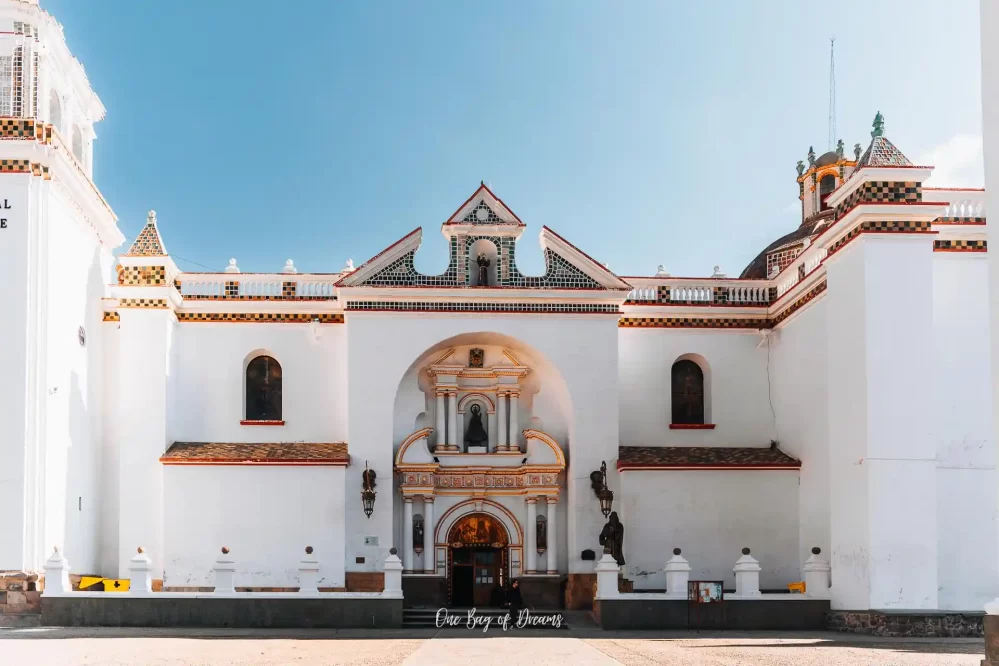
Begin your exploration with a visit to the renowned Copacabana Cathedral, an architectural gem that stands as a testament to the city’s deep-rooted religious heritage. As you wander through the streets, you’ll be enticed by the colourful array of shops and local vendors, offering an assortment of handmade crafts and locally farmed food. Indulge in the flavours of the region by savouring the freshly caught trout dishes and traditional Bolivian cuisine served in the many restaurants and cafes scattered throughout the centre. Take a leisurely stroll around Plaza 2 de Febrero, the main square, where you can unwind amidst the lively ambience.
To truly embrace the natural beauty of the area, take a tranquil lakeside walk or embark on a boat tour to the nearby islands, discovering the serene landscapes and the legends that surround Lake Titicaca.
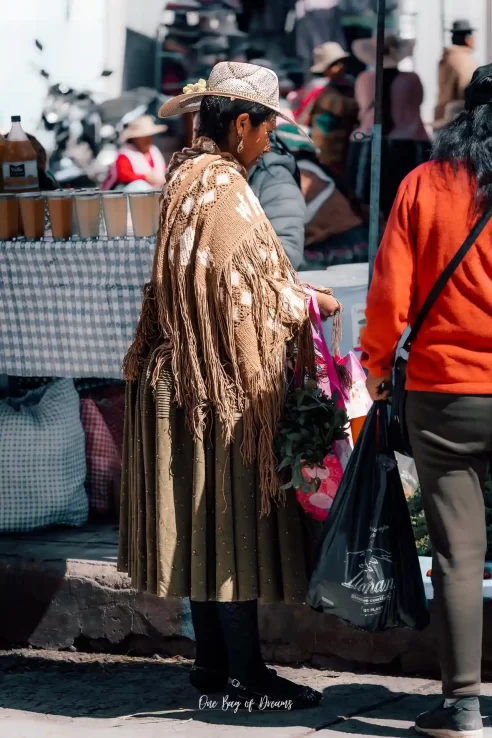
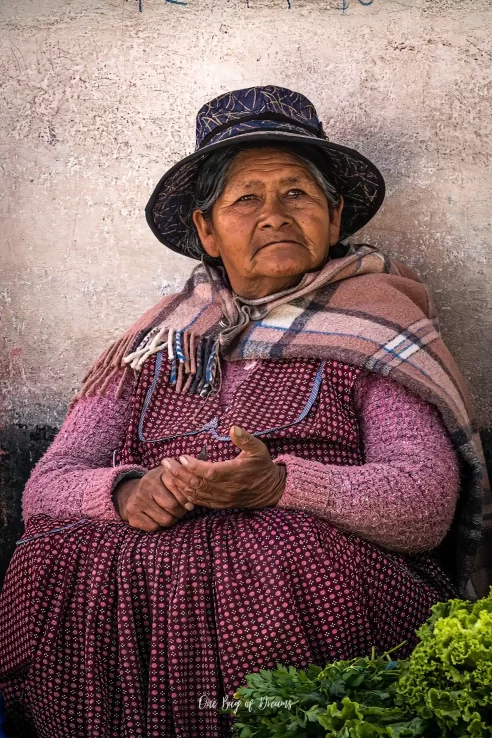
Visiting Lake Titicaca
Visiting Lake Titicaca is an awe-inspiring experience that takes you to the highest navigable lake in the world. In Andean belief, Lake Titicaca is the birthplace of the Sun, and it holds a special place in the rich tapestry of Inca mythology. One theory suggests that the Incas themselves originated from Bolivia, specifically from Lake Titicaca. This mystical connection to ancient civilizations adds to the allure of this remarkable destination.
Beyond its cultural and historical significance, Lake Titicaca holds great importance for Bolivia as it serves as a symbolic substitute for the sea that the nation lost to Chile in the 19th-century War of the Pacific. As the largest water surface in Bolivia, the lake carries a deep sense of national identity and pride.
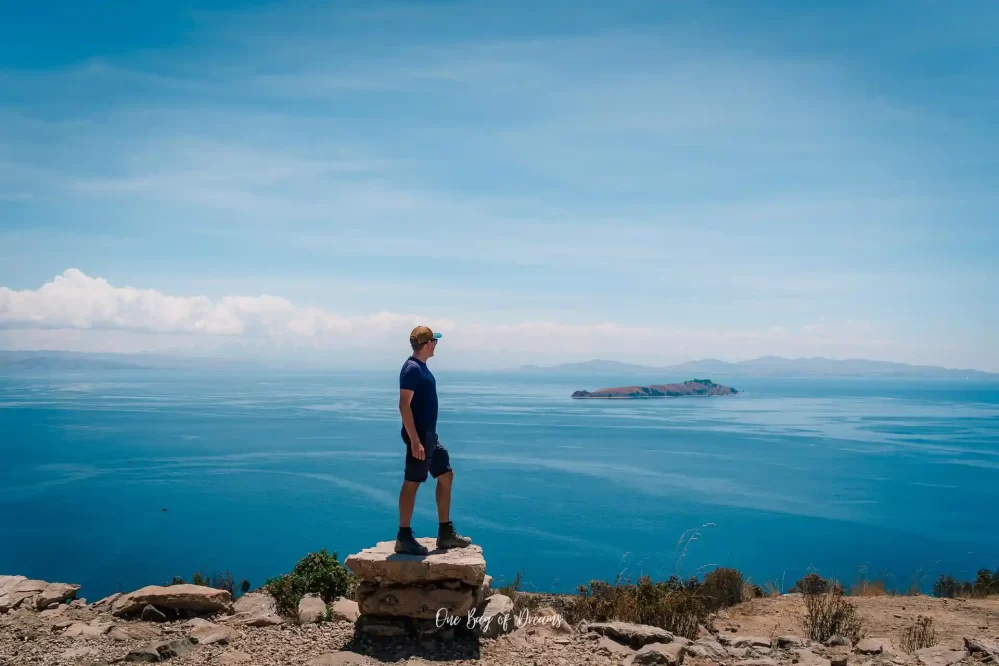
Exploring Lake Titicaca offers a unique opportunity to witness the breathtaking beauty of its turquoise waters, surrounded by majestic mountains and picturesque islands. From the famous floating islands of the Uros people in Peru to the sacred Isla del Sol, each stop unveils a glimpse into the vibrant traditions and way of life of the indigenous communities that have thrived here for centuries.
Embark on a journey to Lake Titicaca, where ancient legends, stunning natural scenery, and a profound cultural heritage converge, leaving a lasting impression on all who venture to this remarkable destination.
Trip to Isla del Sol
Nestled on the shimmering waters of Lake Titicaca, Isla del Sol (Island of the Sun) is a place of captivating beauty and sacred significance. According to Andean mythology, this island is believed to be the birthplace of the Sun, making it a revered and spiritual destination. Stepping foot on Isla del Sol is like stepping back in time, as the island is dotted with ancient ruins and archaeological sites that speak to its rich historical heritage.
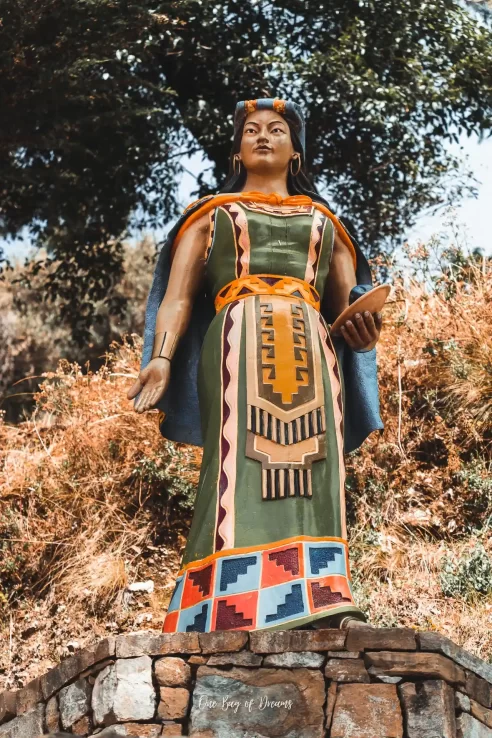
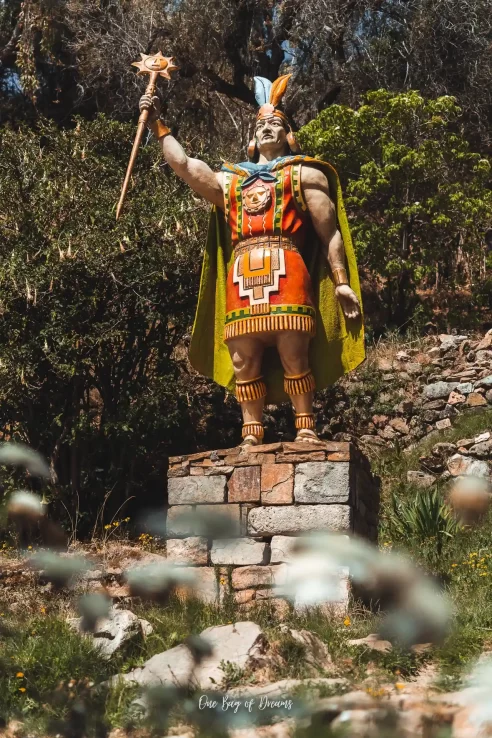
The island’s allure lies not only in its mystical ambience but also in its breathtaking landscapes. As you wander along the stone pathways, you’ll be treated to panoramic views of the glistening lake, rolling hills, and snow-capped peaks in the distance. The tranquillity and serenity of Isla del Sol create a perfect setting for reflection and relaxation.
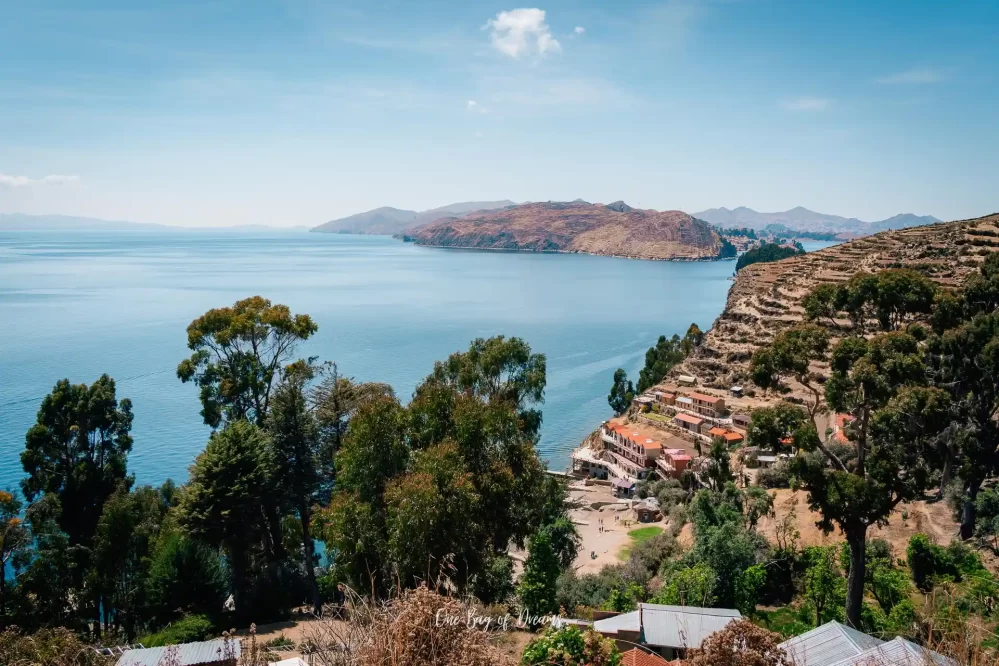
Exploring Isla del Sol unveils hidden treasures at every turn. Discover ancient Inca terraces, sacred fountains, and enigmatic stone structures that hint at the island’s storied past. Engage with the friendly local community, who proudly maintain their traditional way of life and offer insights into their customs and traditions.
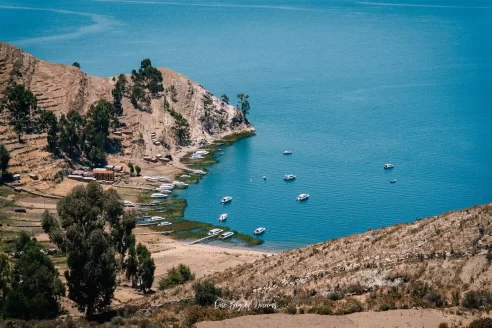
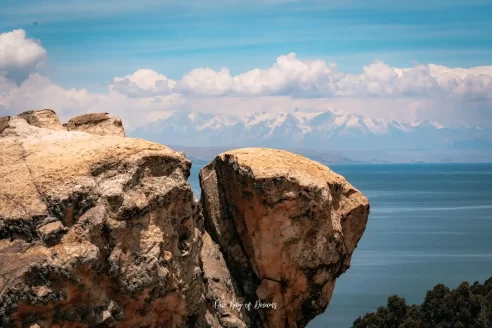
Whether you embark on a leisurely hike across the island, take a boat tour to visit its various archaeological sites, or bask in the peaceful ambience, Isla del Sol is a destination that captivates the senses and leaves a lasting impression. Immerse yourself in the enchanting beauty and profound spirituality of this sacred island, and let its timeless allure transport you to a place of wonder and tranquillity.
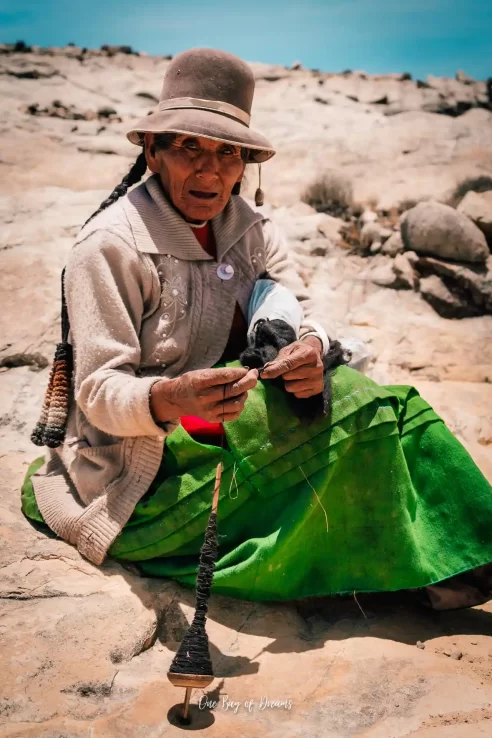
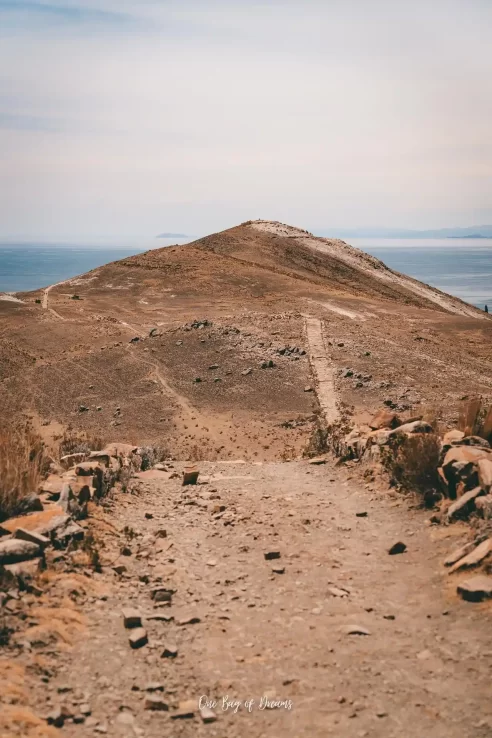
To get to the Isla del Sol you have to get the ferry from Copacabana. The ferry runs every day at 8:30 a.m. as well as 1:30 p.m. from Copacabana to Isla del Sol. The ferry returns from the Isla del Sol at 10 a.m., 3 p.m. and the last one at 4 p.m. You can buy the ticket to the Isla del Sol at the ticket booth close to the port of Copacabana. The ticket will cost you 30 Bolivianos one way.

Top Tip: Leave your big backpack in Copacabana and only take enough for one night if you are planning to stay on Isla del Sol.
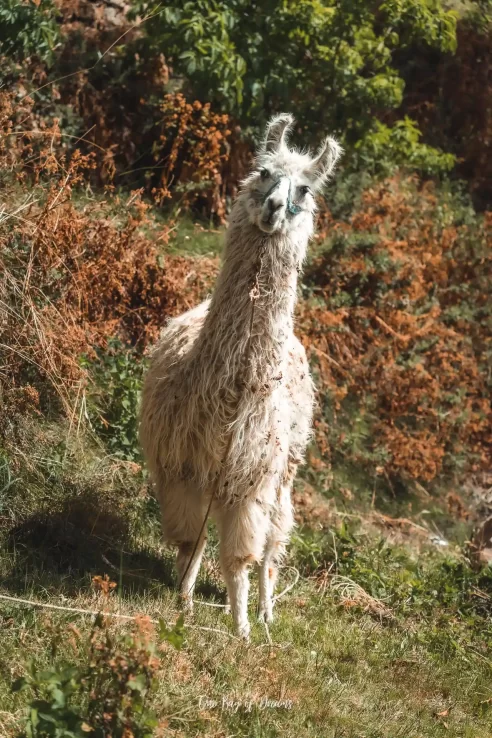
To experience the tranquillity and serenity of Isla del Sol to the fullest, I would highly recommend staying on the Island for one night. So take the ferry early in the morning from Copacabana, explore the Island, have some delicious dinner while watching the sunset and return to Copacabana with the first ferry in the morning.
Read More: If you are planning to climb Huayna Potosi in La Paz, check out the guide of How to Climb Huayna Potosi!
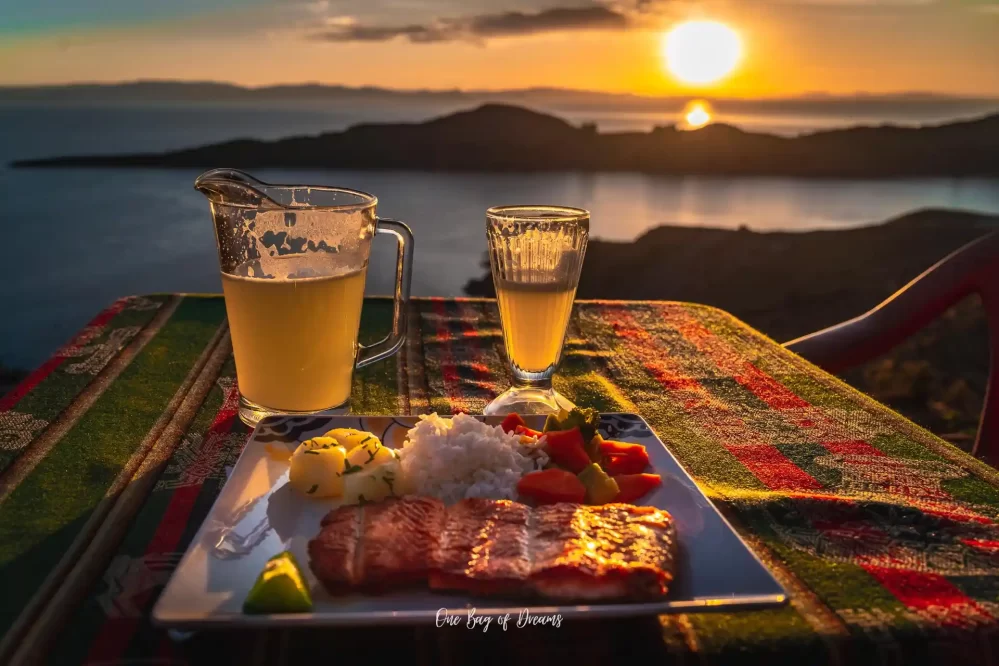
Watch the Sunset at Cerro El Calvario
Watching the sunset at Cerro El Calvario is one of the best things to do in Copacabana. The top of this scenic hill is located about a 30 minutes hike from the town center and offers a breathtaking vantage point to witness the magical beauty of sunset over the Titicaca lake. As you ascend the winding trail, surrounded by the natural beauty of the Andean landscape, anticipation builds for the stunning spectacle that awaits you at the summit.
Upon reaching the top, a panoramic view unfolds before your eyes, revealing the expansive views of Lake Titicaca and the surrounding mountains bathed in the warm hues of the setting sun. The tranquil atmosphere and awe-inspiring scenery create a moment of pure serenity and connection with nature.
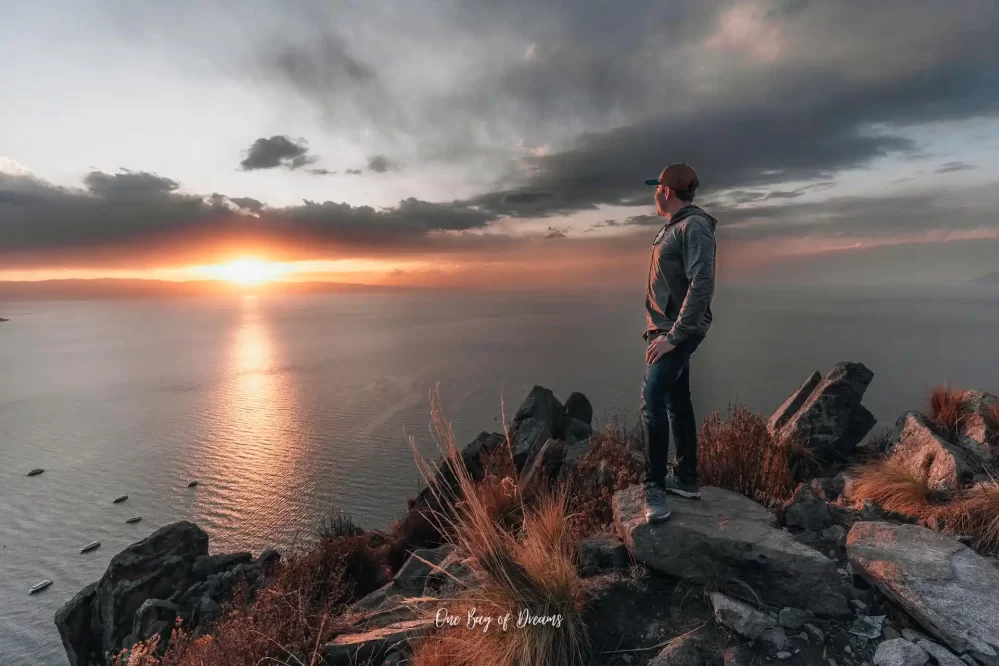
As the sun gradually descends, casting vibrant colors across the sky, you can’t help but be captivated by the breathtaking display of light and shadows. It’s a truly magical experience, made even more special by the peacefulness and solitude of the hilltop.
Take your time to savor this unforgettable moment, capturing photographs that will forever remind you of the beauty and tranquility of this unique place. Reflect on the significance of the sunset, the changing colors, and the sense of harmony that envelopes you.
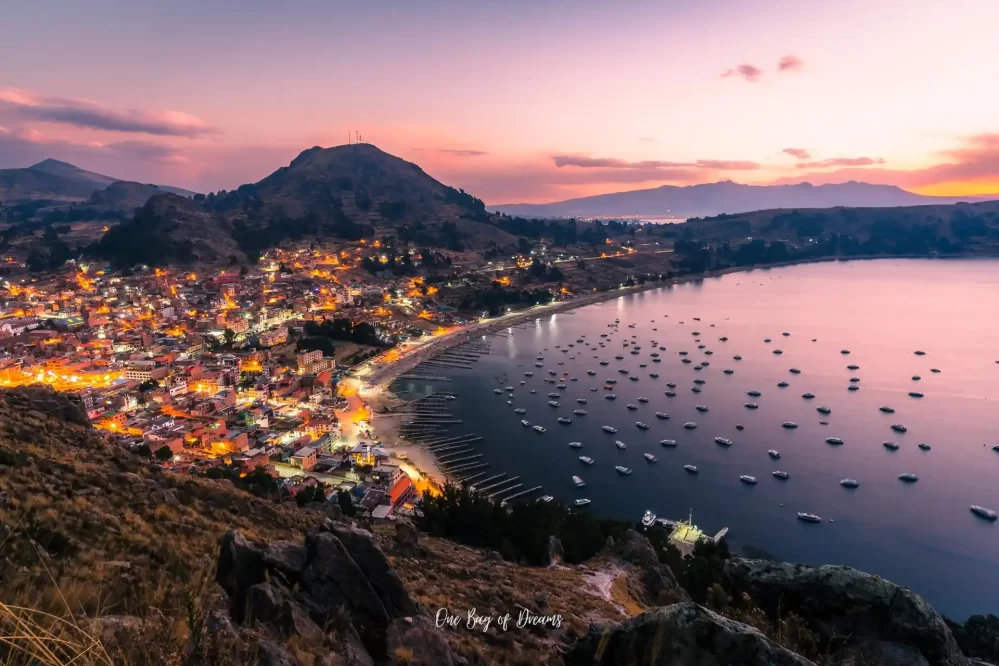
The sunset hike to Cerro El Calvario in Copacabana is an extraordinary way to immerse yourself in the natural wonders of the region while witnessing a captivating display of nature’s beauty. As the sun bids its farewell and paints the sky with vibrant hues, you’ll be left with memories that will linger in your heart long after the journey has ended.

Top Tip: Don’t forget to bring a headtorch to light up the way back into Copacabana as it gets very dark and there are no street lights.
Eat Delicious Trucha
Indulge in a culinary delight unique to Copacabana by savouring the delicious trucha, or trout, that the region is famous for. As a town situated on the shores of Lake Titicaca, Copacabana offers an abundance of freshly caught trout that is expertly prepared and served in various delightful dishes.
Whether you prefer it grilled, baked, or fried, the tender and flavorful trucha is a true treat for the taste buds. Pair it with a side of locally grown vegetables and quinoa, and you have a mouthwatering meal that embodies the flavours of the Andean region. As you dine on trucha in Copacabana, take in the charming ambience of the town and enjoy the picturesque views of Lake Titicaca, creating a truly memorable gastronomic experience that captures the essence of this beautiful destination.
Read More: If you are planning to visit La Paz, the capital of Bolivia, check out the Ultimate Guide of La Paz!
Hike to Yampupata
This scenic 17 km long trek offers a wonderful opportunity to immerse yourself in the natural beauty of the Andean region while exploring the rich cultural heritage of the local communities.
As you set out on the trail, you’ll be greeted by breathtaking vistas of the shimmering blue waters of Lake Titicaca and the majestic mountains that surround it. The path meanders through rolling hills, fertile valleys, and picturesque countryside, providing a serene and invigorating environment for your hike.
Along the way, you’ll encounter friendly locals, who may offer insights into their traditional way of life. Bedsides some locals, it is very unlikely to meet any tourist on this trek. Infact, You will encounter more animals than people. The trail also showcases the region’s diverse flora and fauna, allowing you to appreciate the unique ecosystems that thrive in this pristine environment.
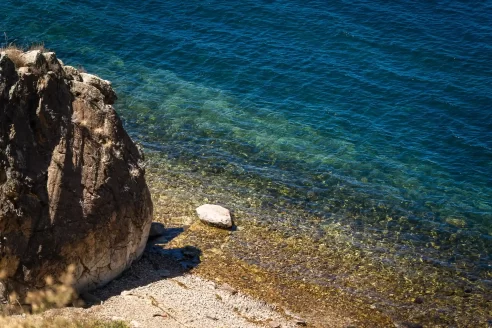

As you approach Yampupata, the village comes into view, with its adobe houses and gardens creating a picturesque scene. Take a moment to explore the village, interact with the locals, and perhaps even indulge in some delicious local cuisine.
The hike to Yampupata from Copacabana offers a rewarding blend of natural beauty, cultural immersion, and a sense of adventure. Whether you’re seeking solitude in nature or a deeper connection with the local communities, this hike promises an enriching experience that will leave you with lasting memories of your time in this captivating corner of Bolivia.
On the way back I recommend you take either a taxi or a minivan if it is available. Usually, there are some taxis waiting for guests at the port of Yampupata.
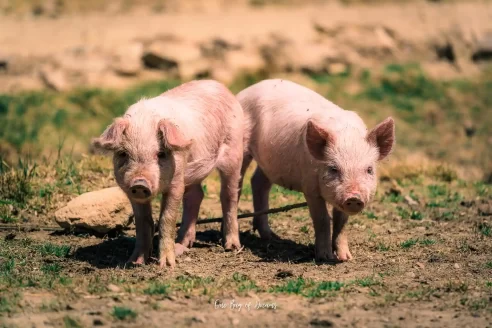
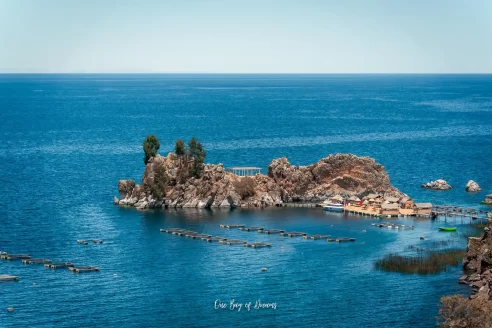
Read More: Sucre is an easy-to-reach destination from La Paz, check out the Ultimate Guide of Sucre, the hidden Gem of Bolivia!
Getting to Copacabana
Whether you’re starting or ending your journey in Bolivia, reaching the picturesque destination of Copacabana is a breeze thanks to its popularity among travellers. There are three main options for getting there: bus, organized tour, or private transport, regardless of whether you’re coming from other places within Bolivia or crossing borders from Peru.
If you prefer a budget-friendly and comfortable choice, travelling by bus is the way to go. Most likely, you’ll arrive in Copacabana by bus from either La Paz in Bolivia or Puno in Peru. From La Paz, you can easily find buses at any of the many travel agencies or the main bus terminal. Although the buses may not offer the best quality, the approximately four-hour journey is manageable. Departures from La Paz to Copacabana are typically in the morning, between 7 AM and 8 AM, while the return bus leaves Copacabana at 1 PM every day. The ticket cost is around 25 Bolivianos, and an additional 2 Bolivianos are required at the Tiquina Strait, where you’ll take a short ferry ride across the river.
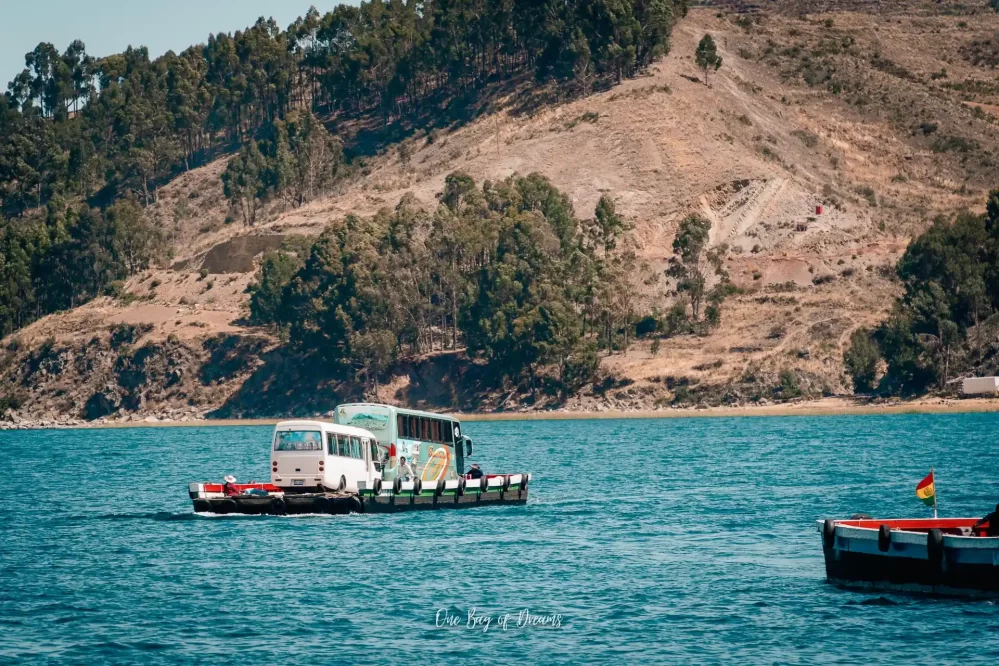
For those who prefer convenience and ensuring timely arrival, purchasing bus tickets online at a higher price might be an option. When travelling from Puno to Copacabana, international bus companies like Transzela offer reliable services, including a smooth border crossing. The ticket from Puno to Copacabana costs 40 Soles.
When crossing the border between Peru and Bolivia, be prepared with your necessary travel documents, including a valid passport. It’s essential to familiarize yourself with the visa requirements for your nationality to ensure a hassle-free border crossing.
If public transport isn’t your preferred mode of travel, hiring a private driver is a pricier alternative that may not significantly save you time. Alternatively, you can explore tour options, such as those offered by backpacker-focused companies like Peru Hop or Bolivia Hop, which cater to the needs of travellers visiting Copacabana and Lake Titicaca.
No matter which transportation method you choose, the journey to Copacabana sets the stage for an unforgettable experience in this charming lakeside town.
Getting Around Copacabana
Getting around Copacabana is relatively easy and convenient, thanks to its compact size. Most of the town’s attractions and points of interest are within walking distance, allowing you to explore on foot at a leisurely pace. The main plaza, local markets, restaurants, and the lakeshore are all easily accessible on foot.
For those interested in visiting nearby islands or taking a boat tour on Lake Titicaca, there are boat services available at the lakeshore. These boats can take you to Isla del Sol or Isla de la Luna, allowing you to explore the natural beauty and cultural heritage of the lake.
Read More: If you are planning to visit the Salt Flats in Uyuni, check out the Ultimate Guide of How to Visit the Stunning Salt Flats in Uyuni!
Where to Stay in Copacabana
Copacabana has plenty of different accommodations to choose from in all different price categories. Personally, I stayed in a very budget friendly hostel that I can highly recommend.
- Skylake B&B – Great budget-friendly hotel with a roof terrace from where you can see Lake Titicaca. They even serve a delicious breakfast up there.
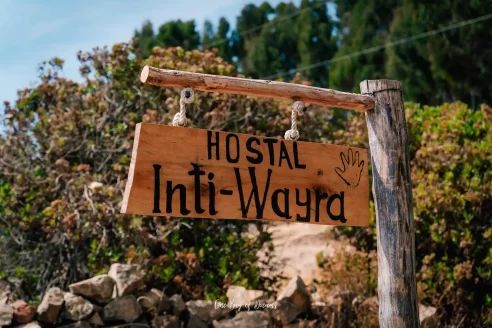
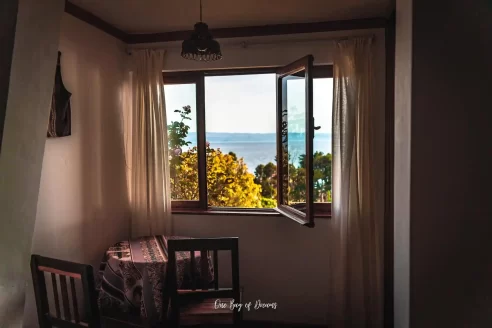
On the Isla del Sol I also stayed for one night in a hostal that I can easily recommend to you.
- Inti-Wayra Hostal – Amazing Hostel on Isla del Sol with amazing views over the Titicaca Lake. Breakfast is included.
Best Season to Visit Copacabana
The best season to travel to Copacabana largely depends on your preferences and the experiences you seek. The peak tourist season in Copacabana typically falls between May and September when the weather is generally mild and dry. During this time, you can expect pleasant temperatures, clear skies, and less rainfall, making it ideal for outdoor activities and exploring the scenic beauty of Lake Titicaca.
However, if you prefer to avoid crowds and enjoy a quieter atmosphere, visiting Copacabana during the shoulder seasons of April to May or October to November can be a great option. During these months, the weather is still favourable, and you can experience a mix of sunny days and occasional rainfall. It’s worth noting that the weather in Copacabana can be unpredictable, and even during the dry season, rain showers can occur.
Keep in mind that due to its altitude, the region of the Titicaca Lake can get quite cold, so it is important to pack warm clothes regardless of the season.
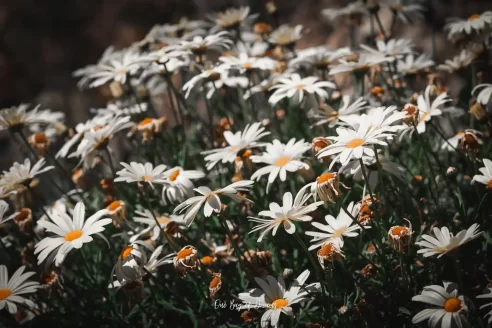
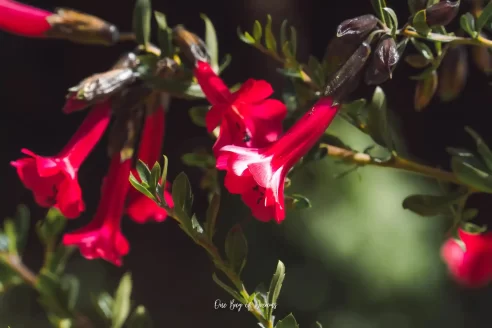
Your Budget for Copacabana
In Copacabana, Bolivia, I spent around 35 USD per person per day. This included my accommodation in a dorm room, entrance fees and transportation, as well as food which I ate in restaurants all the time.
If you want to eat out in a restaurant, expect to pay between 3 – 12 USD for a meal.
Pin This Copacabana Travel Guide For Later!
